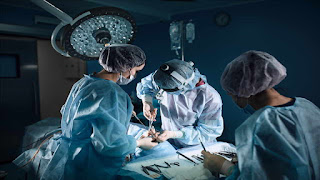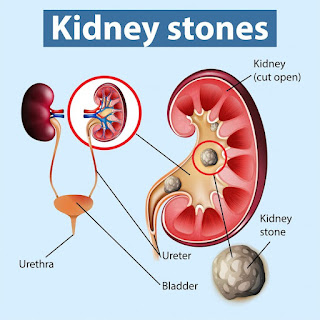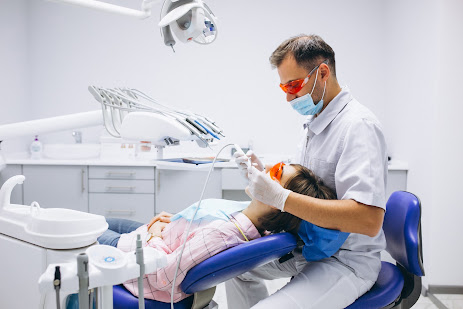The 6 Most Common Surgeries After a Car Accident
If you or a loved one experiences an injury in a car accident, prompt medical attention is crucial. Even if you initially feel okay, symptoms of pain or serious injuries can emerge in the hours and days following the incident. In certain situations, surgical intervention may be necessary to address the damage.
Delaying medical care poses potential risks to your health. Consulting with a doctor or healthcare professional is essential for a comprehensive assessment of all possible injuries sustained in a car crash. Diagnostic tests such as X-rays, CT scans, or MRIs may be recommended to identify unexpected injuries and ensure a thorough examination of your health status.
Surgery People Went Through After Car Accidents
- Surgical Intervention for Bone Fracture Stabilization
In certain cases, the optimal approach to treating a broken bone involves the use of a cast or another form of immobilization. However, more severe fractures may necessitate surgical intervention, particularly when the bone breaks into multiple pieces. In such instances, medical professionals employ a variety of tools, including pins, screws, rods, and plates, to maintain proper alignment of the bones during the healing process.
Surgery may also become essential for repairing torn muscles or tendons surrounding the fractured bone. Severe hip or knee fractures might require partial or total joint replacement procedures. Following surgical treatment for a broken bone, a rehabilitation period of months or even years involving physical therapy is often recommended to restore optimal functionality and mobility.
Brain Surgery for Head Injuries
In cases of brain or head injuries, prompt and urgent care is imperative. Emergency surgery may be required to address various critical issues, such as repairing a skull fracture, eliminating clots, halting brain bleeding, or alleviating increased pressure within the skull.
Brain surgery is a physically demanding procedure for patients, involving both intricate and delicate processes. Following the surgery, a considerable recovery period is anticipated. This recovery may encompass rehabilitative therapy aimed at relearning or strengthening specific physical and cognitive activities. The comprehensive care provided during and after brain surgery is vital for the patient's overall well-being and functional restoration.
Back Surgery for Injuries Resulting from Collisions
Serious back injuries, such as broken vertebrae, dislocated vertebrae, herniated discs, and torn soft tissue, can occur due to collisions. Surgical intervention may be necessary to address one or multiple injuries sustained.
Common back surgeries include:
Discectomy: Surgeons remove a portion of a herniated disc to alleviate pressure, irritation, or compression on nerves.
Laminectomy: This procedure involves the removal of the back portion of a vertebra, known as the lamina, to relieve pressure.
Vertebroplasty: In this surgery, doctors inject acrylic bone cement into the cracks and spaces of a broken vertebra, akin to an internal cast.
Spinal Fusions: Surgeons fuse two or more vertebrae together, often following a broken vertebra or herniated disc, to enhance stability and manage pain more effectively.
Each of these surgical approaches aims to address specific issues resulting from back injuries sustained in collisions, contributing to both the structural integrity of the spine and improved pain management.
Surgery for Internal Injuries and Hemorrhage
In the aftermath of a crash, internal organs may sustain crushing or puncturing injuries, potentially resulting in internal bleeding. The required surgical intervention for internal damage can vary based on the specific circumstances. The needed procedure might range from minimally invasive techniques to extensive surgical repair, depending on the severity and nature of the internal injuries.
Surgery for the Repair of Torn Soft Tissue
While many soft tissue injuries typically heal with time, rest, pain management, and physical therapy, surgical intervention may be necessary under certain circumstances. If you have experienced a torn muscle, tendon, or ligament during a crash or are dealing with persistent issues related to stretched or partially torn tissue, surgery might be recommended. Before opting for surgery, your healthcare providers may explore alternative treatments as part of the initial course of action.
Plastic Surgery for Car Crash-Related Injuries
Car accidents can result in scarring, burns, and various disfigurements, particularly in areas like the face, neck, arms, and hands. Collaborating with a plastic surgeon can be beneficial for individuals looking to address potential scarring, especially those caused by lacerations from broken glass, a common occurrence in car crashes.
A plastic surgeon has the expertise to address deep and uneven cuts, working to minimize the impact on your appearance following a car crash. Through specialized procedures, they can help repair and enhance the aesthetic outcome, contributing to the overall recovery and well-being of individuals affected by such injuries.
Thank you for visiting here,
Kharghar Multispeciality Hospital.
For more information:
Contact: +91 9594810508 | +91 9594910508
Location: The Crown, first & second floor, plot no 15,16, sector 15, Kharghar, next to D-mart and Reliance Digital, Kharghar, Navi Mumbai, Maharashtra 410210.




Comments
Post a Comment